Everyone knows the comfort of a warm cup of hot chocolate, especially on a cold evening. But getting that perfect temperature for your milk, especially using a microwave, can be a bit tricky. Microwaving offers a quick way to heat milk, but you need to strike the right balance to ensure your drink is neither too cold nor scalded.
For a delightful cup of hot chocolate, microwave milk for 1-2 minutes on medium power (50-70%). The milk should reach a temperature of around 150°F (65°C), which is warm to touch but not boiling.
The remainder of this brief guide will focus on the basics of microwaving and how to microwave milk to perfection for hot chocolate.
Microwave Basics Everyone Should Know

Most of us have microwaves in our kitchens, but have you ever thought about how it works and how its wattage affects its performance? If not, you’re in for a treat!
How a Microwave Works
Microwaves are a type of electromagnetic wave, similar to radio and light waves but tuned to a frequency that can heat food. When you start your microwave, it produces these waves using a component called a magnetron.
As these waves penetrate food, they agitate water molecules, causing them to move rapidly. This movement produces heat, which then cooks or warms the food from the inside out.
The Impact of Wattage on Heating Time
The strength and efficiency of a microwave are determined by its wattage. Higher-wattage microwaves can cook foods faster and more evenly than their lower wattage counterparts. For instance, a 1200-watt microwave will heat food faster than an 800-watt model.
Many recipes, including those for microwaving milk for hot chocolate, base their time on a standard microwave wattage. If your microwave has a different wattage, you might need to adjust the cooking time. If you haven’t thrown it away, you should consult the owner’s manual to figure out how to make the proper adjustments.
Microwave Do’s and Don’ts
Using a microwave is generally safe, but there are some best practices to follow and pitfalls to avoid:
Do’s
- Use microwave-safe containers: Always use containers marked ‘microwave-safe.’ These are designed to withstand the heat and won’t release harmful substances into the food.
- Rotate and stir food: To ensure even cooking, pause midway, stir your food or liquid, and then continue microwaving. This practice is especially beneficial for liquids like milk.
- Vent containers: When heating food in sealed containers, slightly open them to allow steam to escape and prevent the lid from popping off.
Don’ts
- Avoid metal in the microwave: Metal reflects microwaves, which can cause sparks or fires. Always ensure there’s no metal, including aluminum foil, in the microwave.
- Don’t run it empty: Operating a microwave without anything inside can damage the magnetron. Always ensure there’s food or liquid inside before starting it.
- Avoid overheating water: Superheating is a phenomenon where water in a microwave can boil explosively when disturbed. To prevent this, place a non-metallic object, like a wooden stick, in the container, which provides nucleation sites and ensures gradual boiling.
What Happens to Milk as It Heats?
If you’re like the 99% of humans out there, you use milk to make hot chocolate rather than water. But before you pop a cup of milk in the microwave, there are a few things you should know about this household staple:
The Composition of Milk
Milk is a complex liquid, composed mainly of water but also containing fats, proteins, sugars, and minerals. Each component reacts differently to heat:
- Water: The most abundant component in milk. As it’s heated, the water molecules move faster, leading to an increase in temperature.
- Fats: These are responsible for the rich and creamy texture of milk. With heat, fats become more fluid, mixing better with the other components.
- Proteins: Milk contains two primary proteins: casein and whey. Both proteins undergo changes with heat. Too much heat can cause these proteins to clump, leading to a curdled appearance.
- Sugars (Lactose): Lactose is the sugar present in milk. It can break down when heated, contributing to a sweeter taste.
Ideal Heating Techniques for Milk
While microwaves provide a fast and efficient way to heat milk, there are techniques to ensure even heating and prevent unwanted changes in flavor and texture:
- Stirring: To guarantee uniform heating and reduce the risk of overheating specific parts of the milk, it’s essential to pause and stir the milk occasionally.
- Temperature Monitoring: Use a kitchen thermometer to keep a close eye on the milk’s temperature. Remember, milk’s ideal temperature for hot beverages like hot chocolate is around 150°F (65°C). Beyond this, the risk of curdling increases.
- Avoid Boiling: Boiling is a clear sign that the milk has been overheated. Not only can this lead to curdling, but it can also result in a burnt taste.
Step-by-Step Guide to Microwaving Milk for Hot Chocolate

If you’re a fan of milk-based hot chocolate, this guide is for you! Here, we’ll cover the technical details of how to microwave milk for this beloved beverage.
Setting the Microwave Power Level
- Medium Power (50-70%): Ideal for heating milk. It warms the milk gently, reducing the risk of overheating or curdling. Depending on your microwave model, this could be labeled as power level 5 or 6 out of 10.
- High Power (100%): Not recommended for milk, as it can lead to rapid boiling or uneven heating.
Optimal Heating Duration
- Amount of Milk: Naturally, more milk will require more time. A cup might need 1-2 minutes, while a larger quantity might need 3-4 minutes.
- Starting Temperature: Room temperature milk will heat faster than refrigerated milk. Always factor in the initial temperature.
- Microwave Wattage: Higher wattage microwaves heat faster. Consult your user manual for specifics and adjust times accordingly.
When to Stop
- Visual Signs: The milk will start to steam but shouldn’t boil. Boiling can change the milk’s flavor and texture.
- Touch: With caution, touch the container. It should be hot but not so hot that you can’t hold it.
Adding the Chocolate
- Cocoa Powder: Mix cocoa powder with a bit of cold milk or water to create a paste, then whisk it into the hot milk. This method prevents lumps.
- Chocolate Chips or Bars: These should be finely chopped for quick melting. Add them to the hot milk, stirring continuously until fully melted.
- Enhance Flavor: For an extra layer of richness, consider adding a splash of vanilla extract or a pinch of salt.
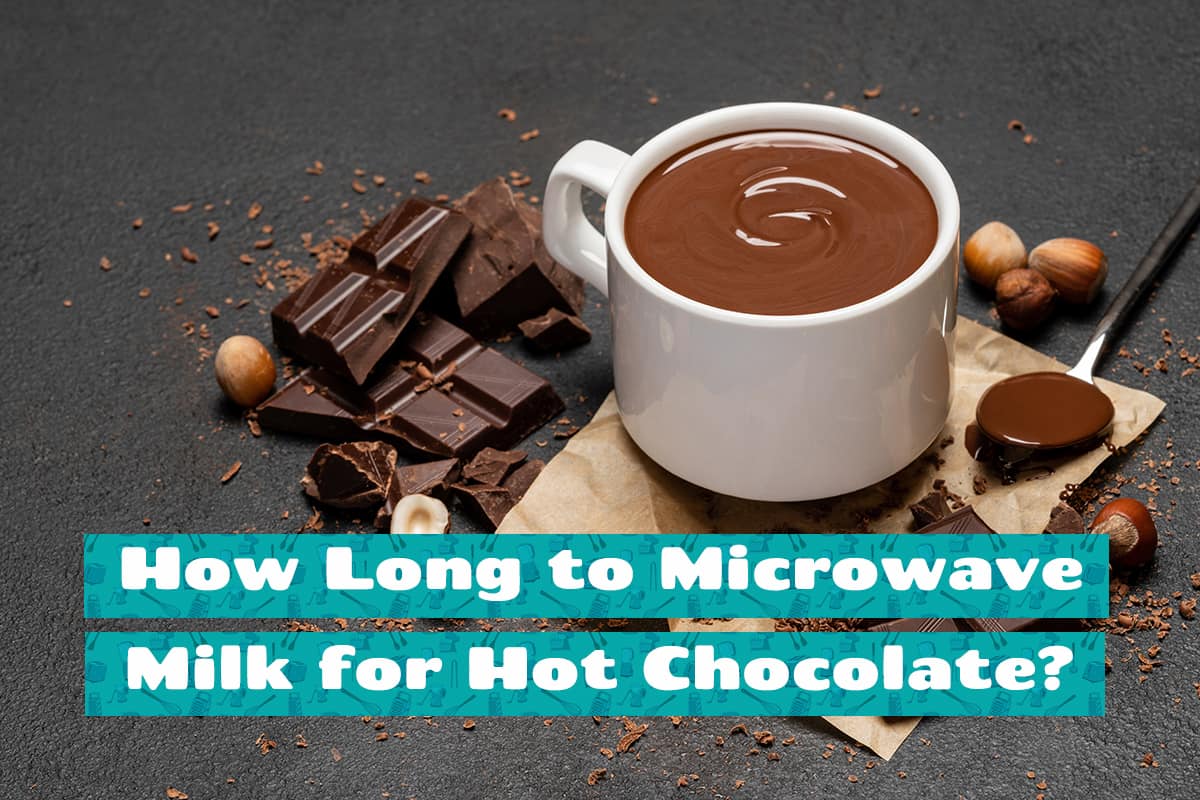
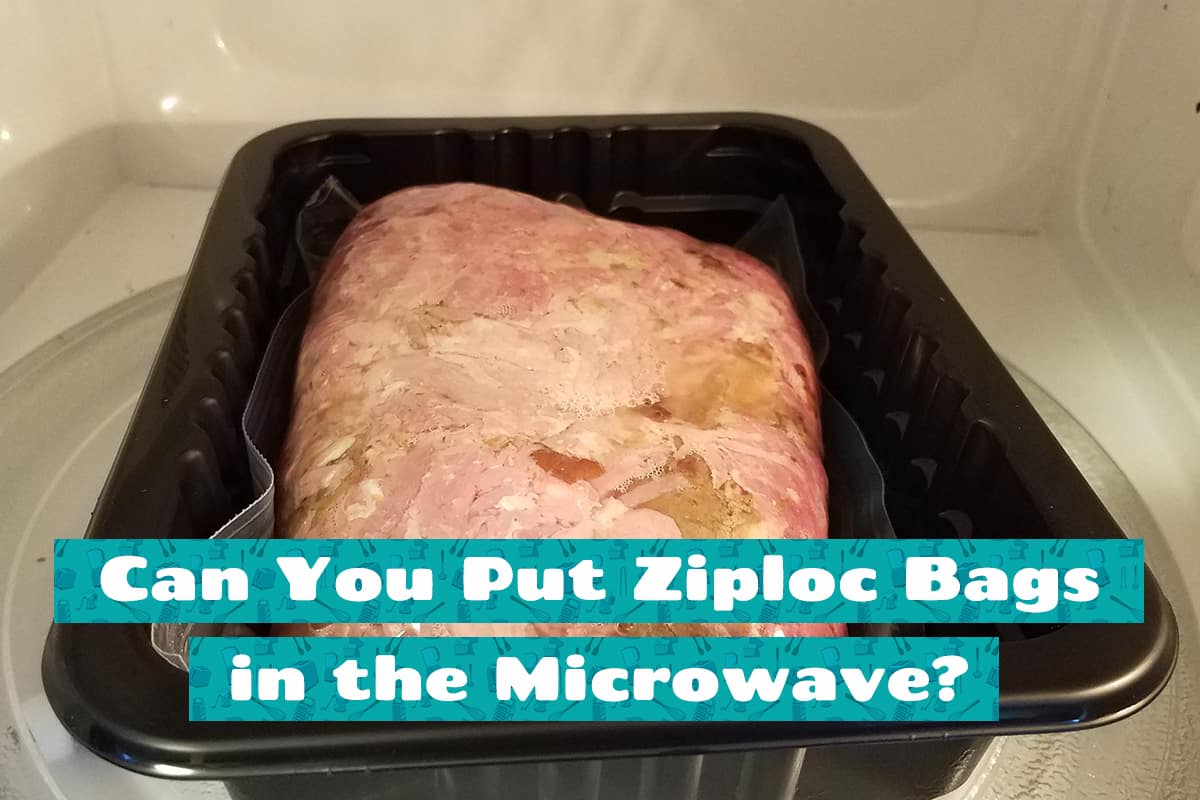
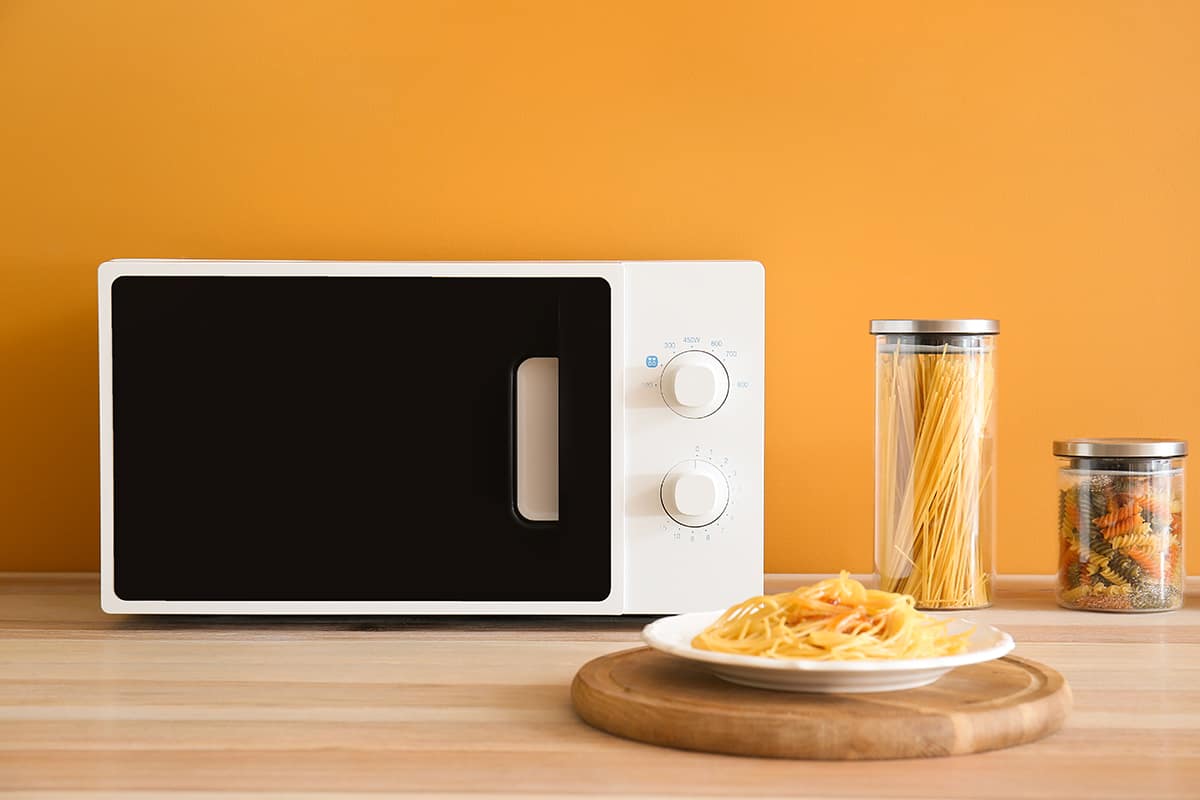
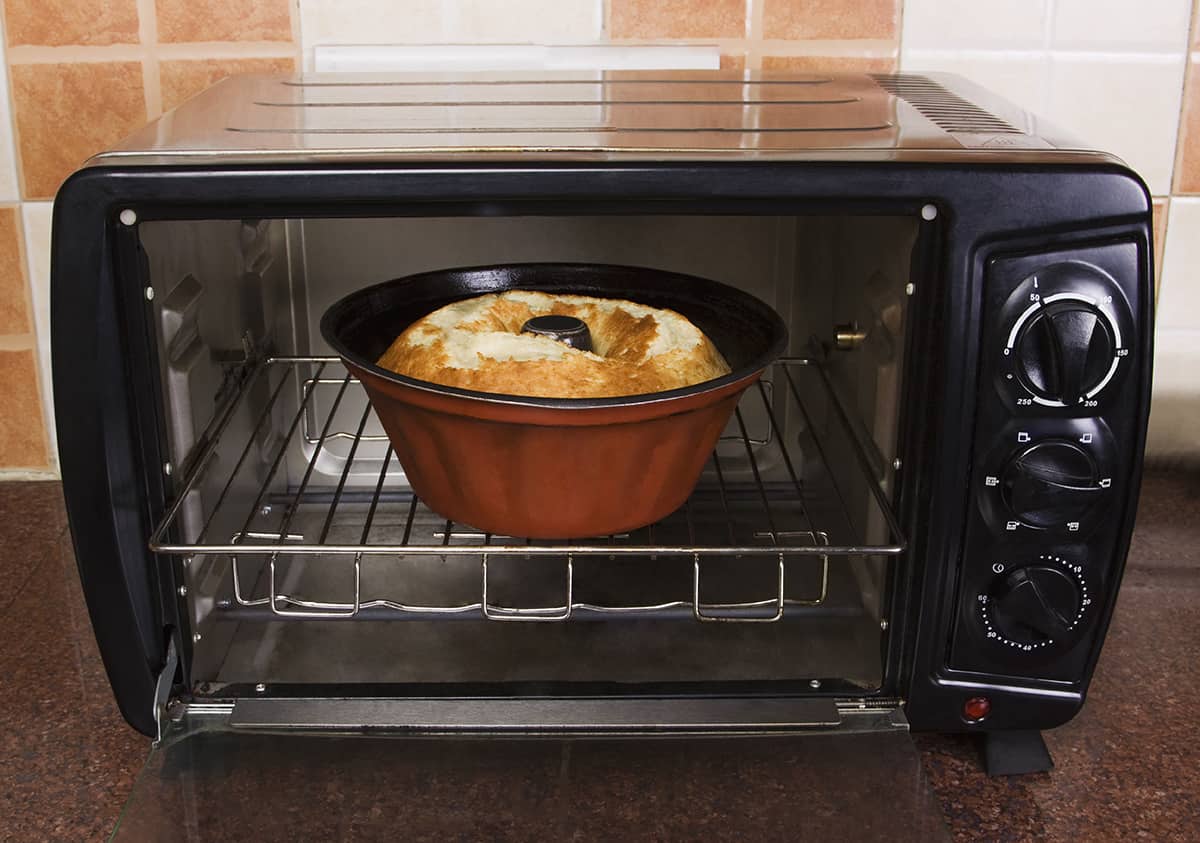
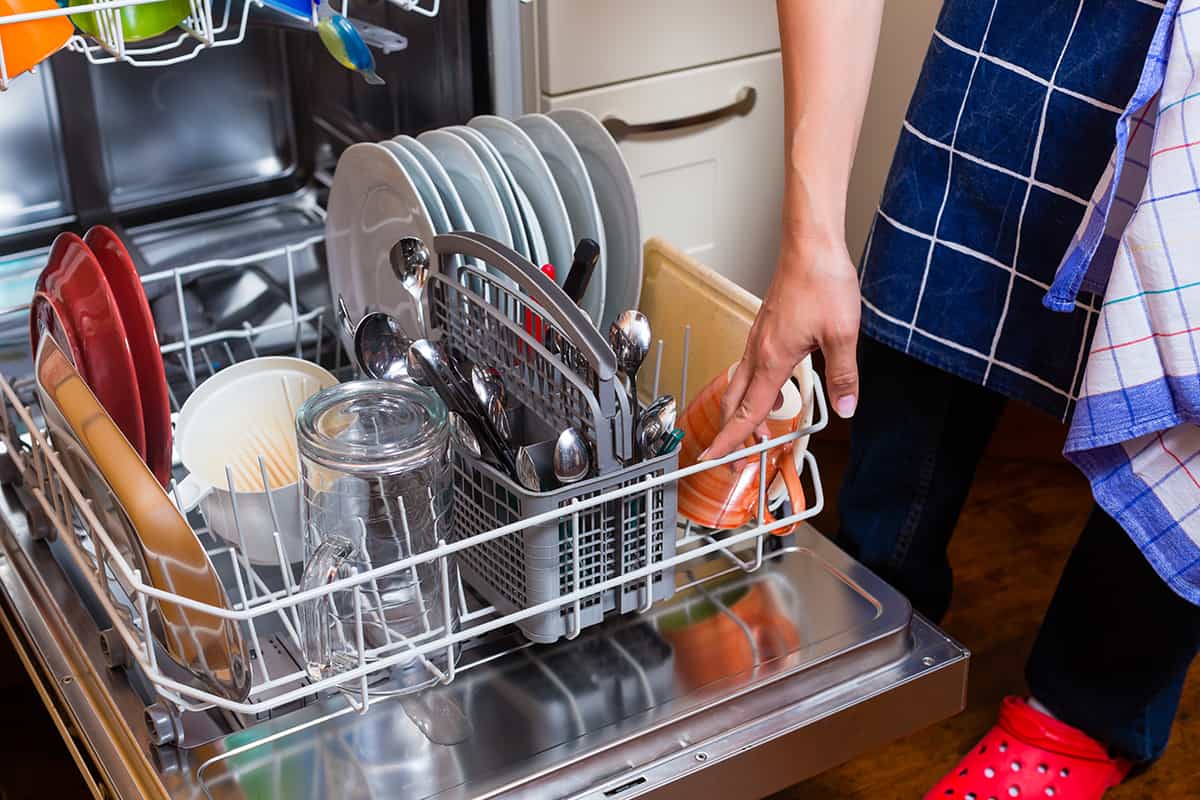
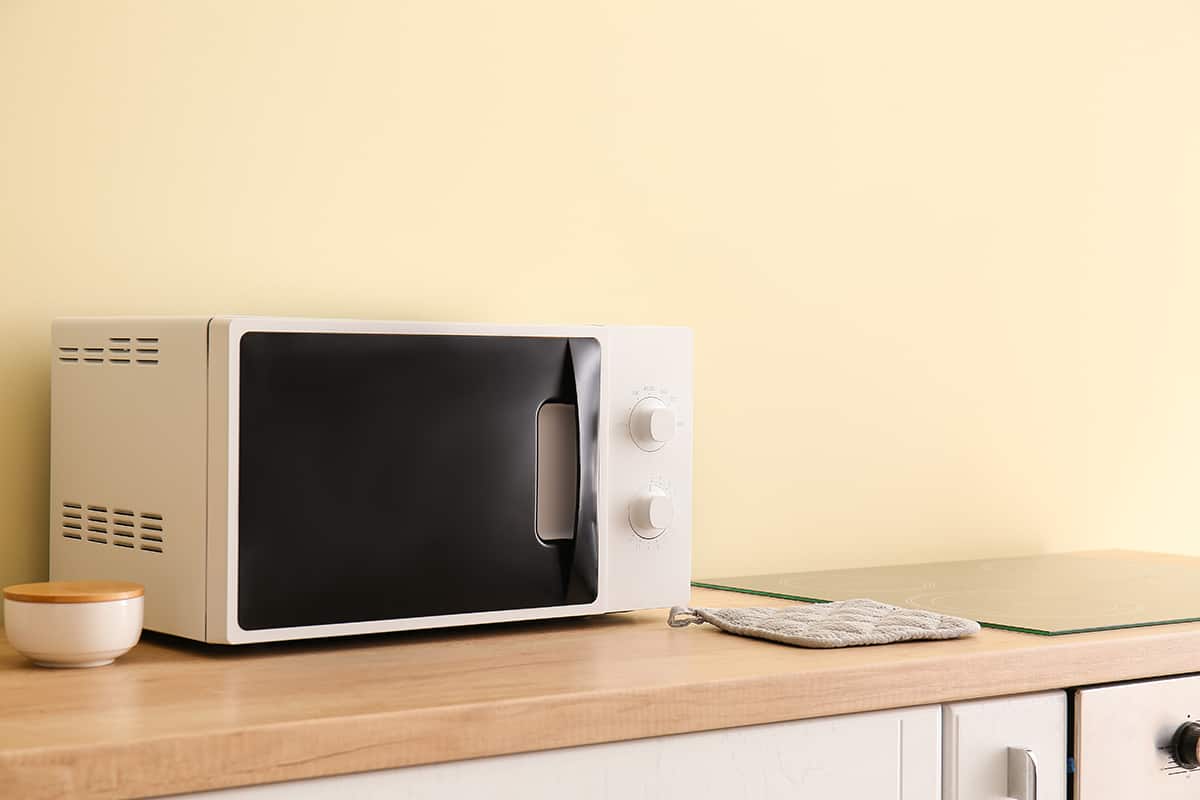

Leave a Reply